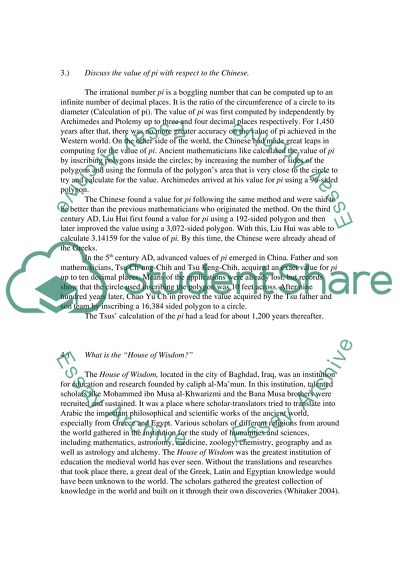Cite this document
(History of Mathematics High School Essay Assignment, n.d.)
History of Mathematics High School Essay Assignment. Retrieved from https://studentshare.org/mathematics/1531291-history-of-mathematics-high-school-essay
History of Mathematics High School Essay Assignment. Retrieved from https://studentshare.org/mathematics/1531291-history-of-mathematics-high-school-essay
(History of Mathematics High School Essay Assignment)
History of Mathematics High School Essay Assignment. https://studentshare.org/mathematics/1531291-history-of-mathematics-high-school-essay.
History of Mathematics High School Essay Assignment. https://studentshare.org/mathematics/1531291-history-of-mathematics-high-school-essay.
“History of Mathematics High School Essay Assignment”, n.d. https://studentshare.org/mathematics/1531291-history-of-mathematics-high-school-essay.


